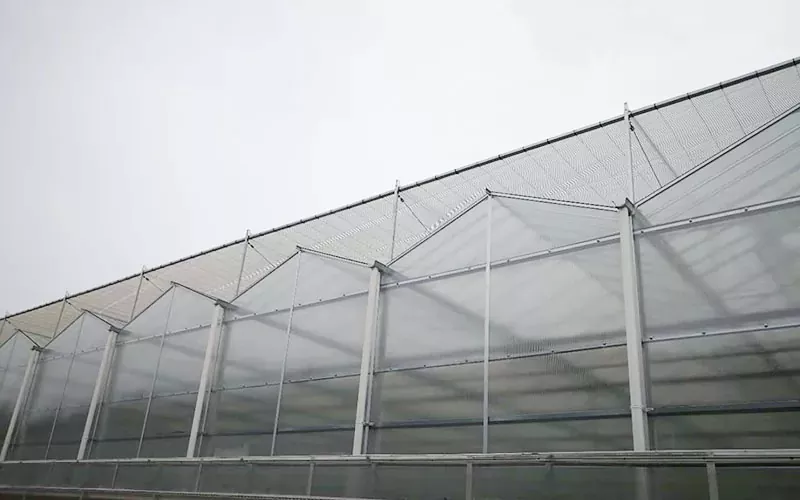How Does Humidity Affect Greenhouse Plants?
2025-06-20
Humidity plays a vital role in the health and productivity of greenhouse plants. It influences everything from plant growth and water uptake to the development of diseases. Managing humidity effectively is one of the keys to creating an optimal growing environment. Let’s take a closer look at how humidity affects greenhouse plants and what growers should watch out for.

1. Plant Growth and Transpiration
Plants lose water through a process called transpiration, where moisture evaporates from leaf surfaces. This process helps regulate plant temperature and transports nutrients from the roots to the leaves.
Low humidity increases transpiration, which may lead to water stress if the roots can't keep up. Leaves may wilt, edges can dry out, and growth may slow.
High humidity slows down transpiration. While this might reduce water loss, it can also limit nutrient uptake, causing stunted growth or nutrient deficiencies.
2. Photosynthesis and Gas Exchange
Humidity levels impact the opening and closing of stomata — the tiny pores on leaves that control gas exchange. These pores let in carbon dioxide (CO₂), which plants need for photosynthesis.
In very dry air, stomata may close to prevent water loss, reducing photosynthesis.
In humid conditions, stomata stay open longer, but if humidity is too high, excess moisture can reduce gas exchange efficiency.
3. Disease Risk
High humidity creates an ideal environment for fungal and bacterial diseases such as:
Powdery mildew
Botrytis (gray mold)
Leaf spot diseases
These diseases thrive in moist conditions and can spread quickly if humidity is not properly controlled. Leaf surfaces that remain wet for too long are particularly at risk.
4. Pollination and Fruit Development
Humidity can also affect pollination, especially in crops like tomatoes and peppers.
Low humidity can dry out pollen, making it less viable.
High humidity can cause pollen to clump and stick, reducing the effectiveness of natural or manual pollination.
5. Pest Behavior
Some pests, such as spider mites, thrive in dry conditions, while others, like fungus gnats, prefer damp environments. Maintaining balanced humidity helps prevent pest outbreaks and supports integrated pest management efforts.
What’s the Ideal Humidity Range?
While it varies depending on the crop and growth stage, a general guideline for greenhouse humidity is:
Daytime: 50–70% relative humidity
Nighttime: slightly lower to prevent condensation and disease development
Tip: Use tools like hygrometers, humidifiers, dehumidifiers, and ventilation systems to monitor and adjust humidity levels.
In Summary
Humidity significantly affects greenhouse plants by influencing water movement, nutrient uptake, disease risk, and overall plant performance. By maintaining the right humidity balance, growers can promote healthier, more vigorous crops and reduce the chances of problems that can affect yields.
Managing humidity isn't just about keeping the air moist or dry — it's about finding the right level for the specific plants you’re growing and responding quickly to changes in the greenhouse environment.


